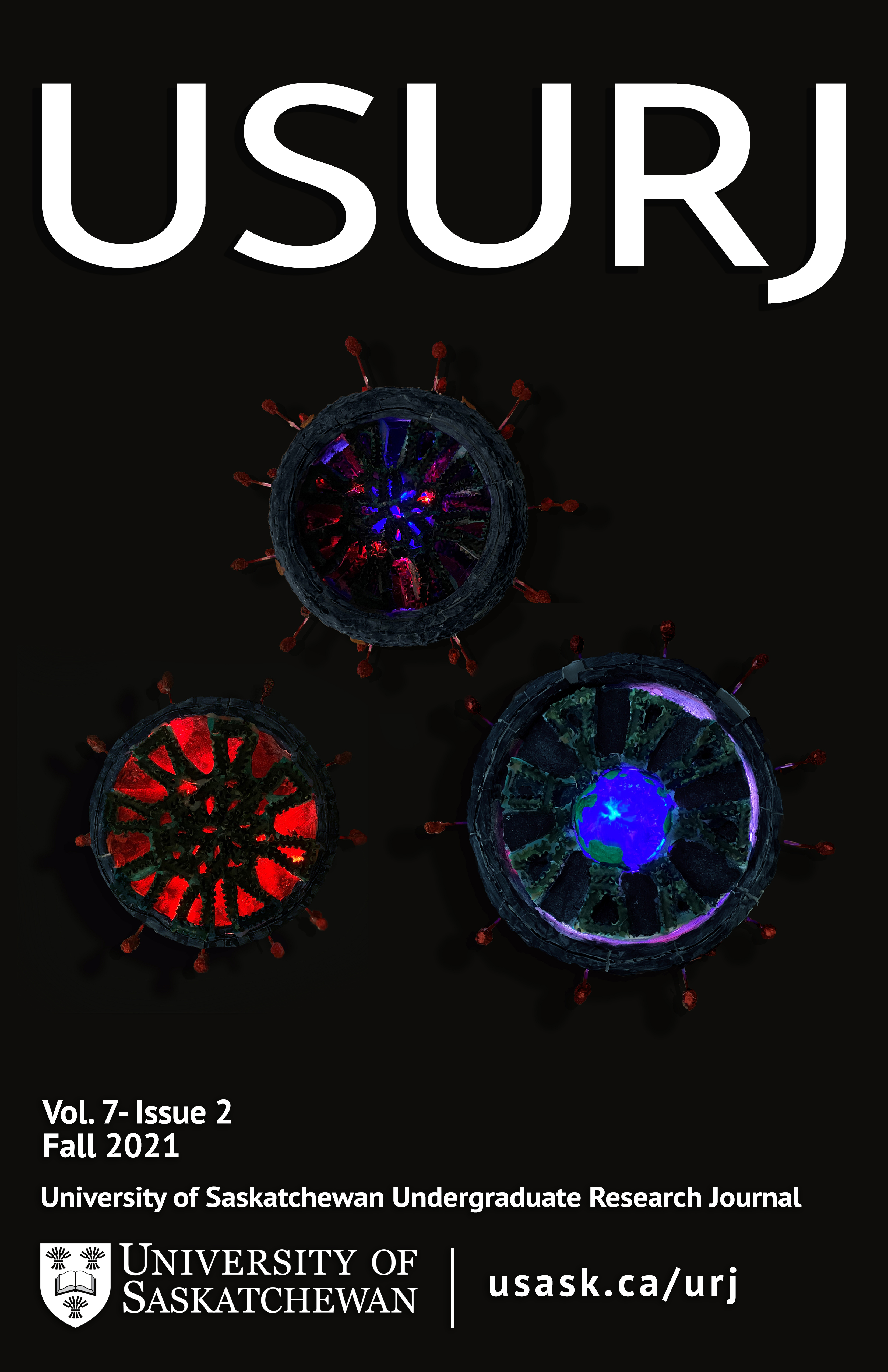An Academic Sin: The Use of Ser Brunetto Lantini in The Divine Comedy
Main Article Content
Abstract
On his journey through The Inferno, Dante Alighieri is shocked to encounter his beloved former teacher, Ser Brunetto Latini, in the third ring of the seventh circle of Hell where Latini is eternally tormented with other men of his ilk—academics, poets, and learned men of rhetoric—are punished as sodomites. The question then, is why has Latini been placed there and what can be inferred about Dante’s understanding of the nature of medieval sodomy as academic blasphemy? The findings presented here indicate that one of the most offensive readings of sodomy is an unsexual one. Sins of fleshy sensuality are presented blatantly in both the Inferno and Purgatory, but I argue that Dante places Brunetto among the eternally damned not only to privilege the rhetoric of humility but to serve as a cautionary tale on how our teachers fail us. Dante’s disassociation with Latini’s need for cerebral acclaim forms the foundational pad for which Dante cautions himself against the ultimate heresy of pride, while Latini continually presses the immodest approach for both himself and his pupil. Intellectual sodomy is a crime that is valued higher in Dante’s penal hierarchy than any sexual sin is, with less chance for redemption, as is shown with the direct bridging of desexualized sodomy in Inferno 15 with the explicitly sexualized sodomy of Purgatory 27. The fact that Inferno XV does not contain obvious allegory or simply stated sins renders it one of the most enigmatic cantos. The position that Brunetto’s sin is hubristic supports Dante’s conflicted relationship with his own pride—the sin on which Dante dedicates his journey.
Downloads
Article Details
Section
Articles: USURJ’s current Publication Agreements apply a Creative Commons Attribution-NonCommercial License (CC-BY-NC) by default. The CC BY-NC license lets others remix, tweak, and build upon work non-commercially. The author(s) can choose a different CC license, as outlined in https://creativecommons.org/about/cclicenses/. Please see the PDF for each article to determine what license is applied to that article. Author(s) can also request to reserve all copyright (All Rights Reserved). If there is no indication for articles published before September 2020, assume the author retains all rights beyond those necessary for publication by USURJ. All articles published after September 2020 will apply one of the aforementioned CC licenses. See the Publication Agreement under the Submission Preparation Checklist or Author Guidelines for more information. Artwork: All copyright for the original artwork remains with the artist unless they wish to apply a Creative Commons (CC) license to the artwork. Please see the PDF for each artwork to determine what license is applied to that artwork.
